Why would a $5 component be quoted at $150?
You've just 3D printed a 100-gram prototype part and are bursting with excitement.To estimate the cost, you wisely enter "3D printing consumables price" in the search box. The response comes back: a kilogram ofPLA materialcosts about $20. A quick calculation in your mind: only 2 cents per gram! You're immediately thrilled. The cost of this complex part, which is material-driven, is only about $2? It's just value for money!
With this informal and happy mindset, you send the carefullydesigned 3D fileto an online rapid prototyping service website operated by professionals and prepared to put in an order. Suppose that you will get the real thing in a few days to verify your design concept.
However, when the quote comes out, you are left staring for some time:$150!
$2 expectation vs $150 reality!The stark difference is like a bucket of cold water poured down. Surprise, confusion, and even a tinge of indignation at having been cheated gushed into my heart -"Why? Isn't this just some grams of plastic? Did they cheat me by selling it by gram? The price difference is too absurd!"
Don't worry, you are absolutely not cheated!
This deceptively simple question of "How much per gram?" is precisely the biggest misconception of the cost structure among most of the users who are new to professional3D printing services. The enticing "2 cents per gram" is just the tip of the iceberg, and the huge mountain that justifies the value and cost of professional 3D printing services is hidden beyond your initial calculations.
Welcome to the actual world of professional3D printing prices.Here, the ultimate quotation is based on far more than the several grams of plastic powder or filament that you visualize. Next, let's strip the layer of fog one at a time and observe what unbeatable value is encompassed behind the $150 you've paid.
Comparison Of 3D Printing Service Cost Accounting Perspectives
| Cost perspective | Core pricing unit | Main factors to consider | Typical application scenarios |
|---|---|---|---|
| DIY enthusiasts | Gram | Material cost only (consumables themselves) | Personal hobbies, non-critical printing, prototype exploration |
| Professional service providers | Hour | Material cost + machine time + labor cost + design/printing complexity + profit | Commercial prototypes, final parts, high-demand applications, outsourcing services |
Key explanation:
DIY maker's perspective:
1.Basic thinking:"How much did I spend on this roll of material, and how many grams of material did I consume to print this model?"
2.Advantages:Simple and intuitive, easy to calculate.
3.Disadvantages:Grossly underestimates true cost. Completely ignores:
Equipment cost:Cost of printerpurchase, depreciation, maintenance and repair.
Time cost:Time devoted to design, slicing, print monitoring/operation, post-processing.
Energy cost:Power consumed by printers and support equipment (such as heated beds, chamber heating).
Failure cost:
Time and material wasted due toprint failures.
Site/consumables storage cost:
Space occupation, drying box, etc.
4.Applicability:
Suitable for cases where individuals print for leisure and do not mind their own time and equipment loss. Not suitable for business decisions or cost-effective projects.
Professional service provider perspective:
Core logic:How many equipment time, man-hours, and material are needed to complete this order, taking into account the risk and extra time added by its complexity, and at an acceptable profit?
Pricing unit:Machine hours(hours)as the core pricing unit since they correlate directly with equipment utilization, depreciation, hand operation/supervision, and capacity to make.
Broad coverage:
Material cost:Still the base but calculated on actual usage.
Machine time cost:It comprises equipment depreciation, maintenance, rental of site, and energy consumption. Per hour, the cost of high-precision, industrial-grade equipment is much higher compared to desktop-grade equipment.
Labor cost:It comprises labor input in model repair/examination, slice parameter adjustment, equipment calibration, print monitoring, post-processing (support removing, grinding, painting, etc.), quality checking, packaging, logistics management, etc.
Complexity cost:
- Design complexity:Is the model fixable, is support structure hard to design/remove?
- Printing parameter complexity:Are special parameters and multiple tests required?
- Material complexity:Are expensive, difficult to print, or require special environments (such as constant temperature and humidity) materials used?
- Post-processing complexity:Are extensive sanding, painting, assembly, or other complex post-processing required?
- Profit:The necessary return for the service provider's operation, used for development, risk reserve, etc.
- Indirect costs:Software licenses, marketing, management expenses, etc. will also be allocated to the quotation.
Applicability:A standard model for business operations. Applicable to scenarios that require reliable delivery, quality assurance, and responsibility, such as corporate outsourcing of prototype production, production of functional parts for end use, and high-precision/high-demand applications (medical, aviation, molds, etc.).
This guide will completely demystify the "price per gram" and give you an in-depth understanding of how professionalservice providers calculate 3D printing costs. Through a real case analysis, it will tell you where every penny is spent and what you are actually buying.
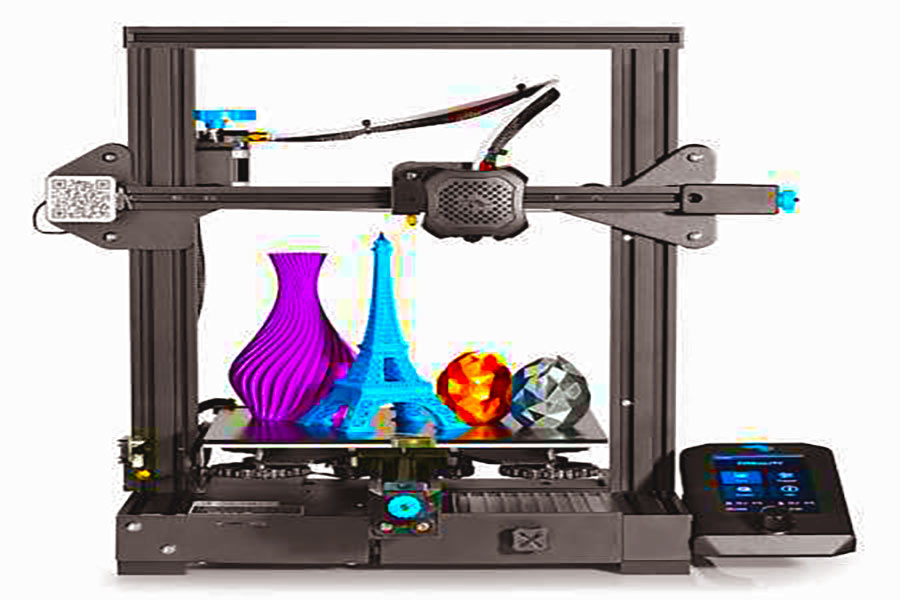
Here’s What You’ll Learn:
- The origin and pitfalls of the “price by gram” myth:Why the DIY community’s simple algorithm completely fails in commercial services, and the key costs it ignores (machine time, labor, risk).
- The truth behind professional quotations:Reveal the comprehensive formula that constitutes the truecost of 3D printing(material + machine time + labor + post-processing + profit), and deeply analyze the determining factors of each part (material type, geometric complexity, surface requirements).
- A shocking case of an 80-gram medical shell:Follow the cost journey of a real project to see how a $280SLA prototypeavoided a $50,000 mold modification, and deeply understand the value of paying for “certainty” and “risk aversion”.
- Clear answers to your core questions (FAQ):Including how to accurately estimate costs? The essential difference between “by gram” vs. “by cubic inch”? And the real investment range for opening a 3D printing business.
- Go beyond “price per gram”:Learn to ask the right questions (technology, time, expertise investment) and experience how transparent pricing tools can clearly show value.
Now, let’s start to clear the fog of “price per gram” and see the true value and cost logic ofprofessional 3D printing services.
Why Should You Trust This Guide? The Logic Behind The LS Quotation Engine
Hi, I’m Gloria, an additivemanufacturing engineer at LS.Handling hundreds of print requests every day has taught me thatif we only looked at material weight for our quotes, we wouldn’t last a month.
Our quote engine is more than just weighing. It incorporates material properties, machine wear, labor hours, and risk prediction. A10-gram, extremely complex part often costs much more than a100-gramsolid block because the former requires more sophisticated technology, longer printing time, and more complex post-processing.
Personal experience is the best proof. I was responsible for a microfluidic chip prototype that weighed only50 grams. It requiredmedical-grade photosensitive resinand printing for more than 12 hours in aharsh constant temperature and humidity environment.The material cost was minimal, but the manufacturing difficulty and value were extremely high - involving precise parameter settings, dust-free operation, and special post-processing.
The confidence of this guide comes from the experience accumulated from the tens of thousands of parts we have delivered. From simple concept models to demanding end-use components, every successful case has accumulated into our knowledge base. It does not summarize theory, but the pricing truth that our engineers have learned in actual combat - taking into account the unique process challenges and true value of each part.
Please believe that behind LS's quotation is the support of professionalism, experience and massive practical data. We understand the complexity of manufacturing and are committed to providing you with transparent and responsible cost assessment.
The "Pricing by the Gram" Myth: How It Originated and Why It Is So Deceptive
Hello everyone, being aprofessional 3D printingservice provider, we are asked "How much to print this part by the gram?" We must say: "'Pricing by gram' per se is not entirely wrong, but it only tells a minuscule part of the whole cost story." It is crucial for you to understand why it is so popular and why it does not work in commercial services in order to make intelligent purchasing decisions.
The myth's origin: the DIY community's rough estimate
Popularity of this notion is largely due to3D printingenthusiastsand the DIY community. Consumables are actually the only variable expense to them. Their time and depreciation of their machine are typically not factored in. Therefore, dividing the cost of one roll of consumables (i.e., $50) into 1000 grams to find the price per gram (i.e., $0.05) is a very natural and simple way of estimating material consumption. For example, the cost of 1 gram of PLA consumables is approximately $0.02-$0.05. It is an acceptable rough estimate for limited use for individual use.
The business reality: Why "pricing by gram" just doesn't cut it
Using this simple algorithm in a direct fashion tocommercial 3D printing services, though, will have the consequence of gross misleading. In industrial production, material cost usually accounts for a mere 5%-20% of the real cost. The true cost structure is much more involved, and affecting factors are completely disregarded by "pricing by gram":
1. Machine time and equipment depreciation (core cost):
Industrial 3D printers(such as SLA, SLS, MJF) alone are expensive (tens of thousands to hundreds of thousands of dollars).Their cost of hourly use (equipment depreciation, normal maintenance, calibration, power consumption, occupancy of the building, software licensing fees, etc.) is several times higher than that of the material itself. The more complex the machine and longer the print, the greater the proportion of this factor of the cost.
2. Professional technical labor (in-process):
From file technical inspection, model repair and optimization, intelligent adding of support structures, precise equipment setting and monitoring;
After printing, removal, cleaning (especially resin), post-curing (resin/SLS), careful support structure removal, grinding/polishingand other post-processing if needed;
Then to final quality inspection and packaging.
Each of them consumes technicians' time and professional know-how, which is completely not covered by "pricing by gram".
3. Risk buffer and yield management:
There is inherent risk of failure during printing (e.g., support failure, warping, and layer cracking) when it comes to processing parts with complex geometries, enormous sizes, or extremely high accuracy.
Professional service providers will have to factor a reasonable risk premium into their quoting to account for likely scrap wastage, reprinting costs, and yield management costs so they can still sustain project profitability on the whole.
In short:"Pricing by gram" is a beginning point from an oversimplified example, but by far not the pricing logic or serious 3D printing services.
It overemphasizes the cost of material, which is merely a fraction, and completely disregards the equipment investment, skilled technical man-hours and risk management feeswhich are the substance of the service value. When you buy professional 3D printing services, you are paying for turnkey technical solutions, hardware warranties and expert process knowledge, not plastic or resin in grams. A fair and proper quotation needs to account for these whole value elements correctly.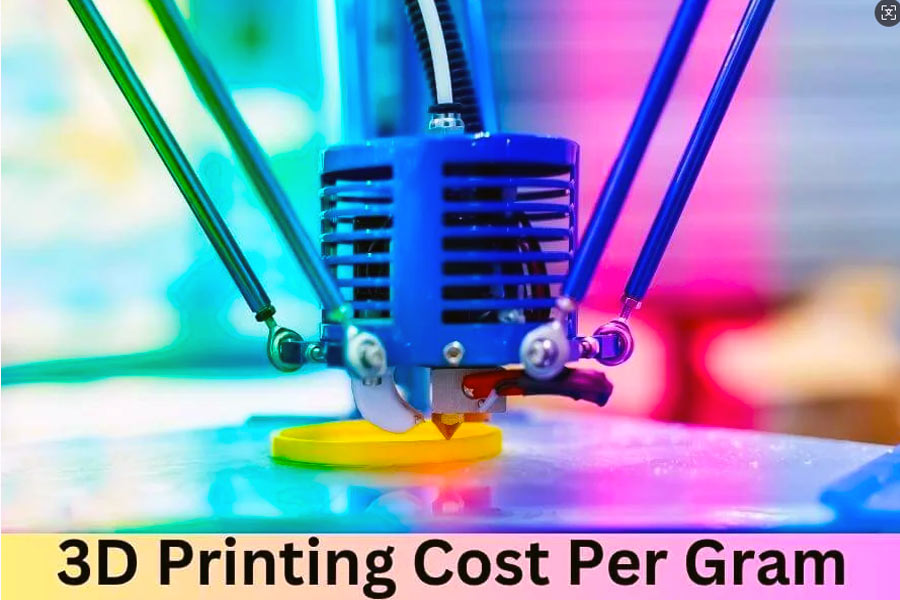
Uncovering The Secrets Of Professional Quotations: The True Cost Formula For 3D Printing
"Let's look at the real mathematical equation of a professional quote. It's far beyond the material weight times the unit price. It's a scientific formula with many complex elements."
Overview of key formulas (brief summary table)
Before in-depth analysis, first have a brief idea about the main points and overall driving factors of a professional 3D printing quote using the following table:
| Cost components | Core content | Key influencing factors/remarks |
|---|---|---|
| Material cost | Cost of consumed materials | Material type is the core (resin >> FDM consumables; engineering plastics PEEK/ULTEM >> ordinary materials) |
| Machine time cost | Cost generated by equipment occupancy time | Print height (Z axis) and geometric complexity have a huge impact, volume/size is not the only determining factor |
| Labor time cost | Human cost of operating, monitoring, and handling equipment | Throughout the entire process (file preparation, equipment operation, monitoring, pickup, etc.) |
| Post-processing cost | Cost of additional processes required after printing is completed | Surface requirements (such as SLA polishing), process complexity (such as SLS powder cleaning and sandblasting), difficulty in support removal, etc. |
| Profit | Reasonable commercial return for service providers | Usually added to the total cost in percentage form or included in various rates |
| Total quotation ≈ | (material cost) + (machine time × hourly rate) + (labor time × hourly rate) + post-processing cost + profit | This is a more comprehensive cost calculation model that is closer to actual operations. |
Core formula: A more holistic perspective
Professional3D printing serviceproviderswill never simply charge by the gram. They use a more sophisticated pricing model that better reflects actual resource usage:
Total quote ≈ (material cost) + (machine time × hourly rate) + (labor time × hourly rate) + post-processing cost + profit
Material cost:This is the basis, but the calculation is not a matter of "weight x unit price". The unit price itself varies hugely according to material type.
Machine time cost:Equipment use will include depreciation, maintenance, electricity, site and others. Time charging is the key to allocating these fixed costs. The hourly cost is a function of the value, accuracy, maintenance cost, etc., of the equipment.
Labor cost of time:Technicians need to invest time in preparing documents, setting up machines, inspecting processes, fix equipment breakdowns, and stripping out parts. This cost of labor must be included.
Post-processing cost:Printing is just a first step. Post-processing is often a significant link that extracts time and energy, and this cost must not be underrated.
Profit:This is the basis on which the service provider can continue running and providing quality services. It is normally attached to the total cost as a percentage or appended to various rates.
This calculation illustrates the rationale of consumption of resources under the quote: what you use (materials, equipment time, labor time, post-processing resources), you need to pay the respective charges, in addition to a fair commercial profit.
Detailed analysis of cost structure
Material cost: the key is not "weight" but "type"
Machine time cost: time ≠ volume, "height" and "complexity" are the key
For layer-by-layer3D printing technologies(FDM, SLA, SLS, etc.), Z-axis height (number of layers) is one of the main factors determining printing time. The printing time of tall and thin parts can be much longer than that of short and fat parts with large volume but low height.
hourly rates (higher for high-precision and high-value equipment).
Understanding it will help you see quotations in a realistic way and understanding the contribution of resources (materials, equipment, manpower, expertise) and value creation in terms of every penny.
Labour and post-processing costs: often underestimated
- Labour is utilized at every step:from receiving/checking files to part removal and basic cleaning after printing, time needs to be spent by technicians, and this is calculated at an hourly rate.
- Post-processing cost can quite easily be a multiple of actual printing:
- Support removal:Support is present in all technologies, and support removal might take a while.
- Surface treatment:Great variations, and basic simple cleaning; grinding and polishing for a smooth surface may require hours, and the cost of labor can be more than the cost of printing, and polishing automatic machines are cost-sharing investments; SLS nylon prints require professional sandblasting, andmetal printed pieces(e.g., DMLS) require wire cutting, heat treatment, sandblasting,CNC machining, etc.
- Coloring/dying:Distinct color processes incur extra cost and man-hours.
- Special processes:Penetration treatment, electroplating, assembly, etc. are charged extra on request.
- Equipment and consumables:The equipment and consumables used in the post-processing phase have utilization charges.
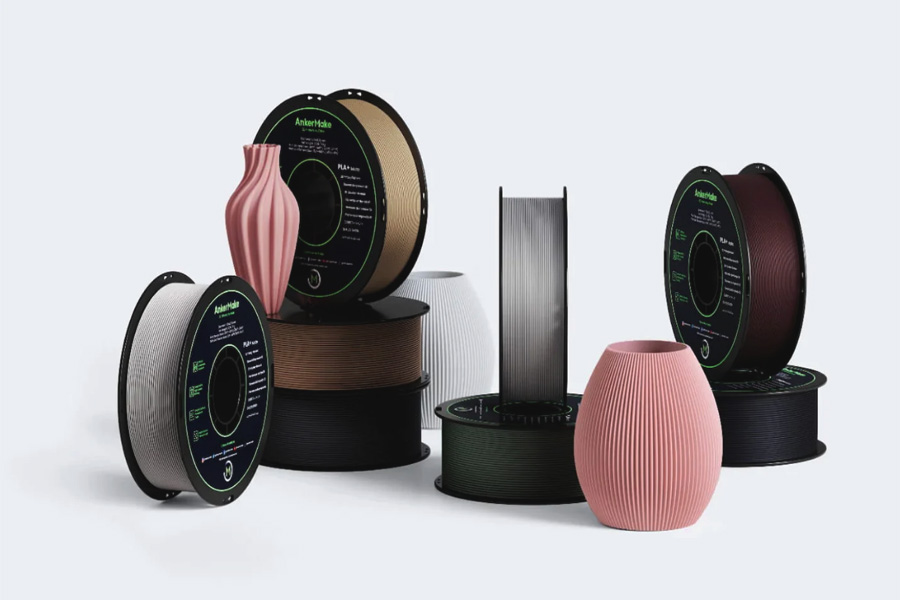
Case Study in Real Life: A True Cost Journey For An 80-Gram Medical Device Housing Prototype
"Theory is dull. Let us take a real-life example and observe how this collection of cost laws plays itself out in reality."
Project Background:
We are working for amedical technologystartup firm that has created a hand-held diagnostic tool and needs to produce a critical shell-prototypefor validation in a very urgent manner. The prototype is extremely light, weighing just around 80 grams.
Customer Challenges and Initial Misconceptions:
The customer's basic requirements are very strict: the dimensional accuracy must be identical to the internal electronic parts; thesurface finishmust be close to the end-product injection molded surface quality level in paint and appearance inspection; the material's toughness must also be adequate to test the reliability of the snap-on shape.
First, the client set a budget around $10 based on the primitive idea of "price by gram". That actually is a common misconception - to compare prototypes with simple plastic consumables.
LS's professional analysis and solutions:
We carefully investigated the demand nature: what the client needs is not an "80-gram plastic block," but an extremely dependable physical verification tool for inspecting a multi-million-dollar product design. Avoiding design flaws will cause enormous losses in the future.
Based on this, we recommended and implemented the best solution:
- Technology selection: Use high-precisionSLA (light-curing) technology.
- Material selection: ABS-like engineering-grade resin is used to offer high accuracy, good surface finish and necessary toughness.
- Transparent cost breakdown:
Material cost (around $15):With actual consumables, support material and reasonable loss (around 100ml).
Machine time cost ($120):Precision mode to offer details, running time 8 hours (industrial-gradeSLA machine$15/hour).
Professional technical service charge ($120):Including 2 hours of engineer time (file optimization, support design, post-processing including cleaning, support removal, secondary curing, fine grinding$60/hour).
Opening cost estimate:$255
Final estimate (approximately $280):Including decent profit and quality control, project management.
Value creation and key observations:
This $280 expenditure brought back a result much higher than expected:
- The initial customer had a prototype that met all requirements perfectly.
- During assembly testing, a serious structural interference problem (e.g., snap design fault) was successfully detected.
- Most severe value point: The early detection allowed the customer to re-design the part before they spent $50,000 in creating aninjection mold. This prevented the exorbitant mold redesign expenses (which could be in thousands or tens of thousands of dollars) and the risk of delaying the project by weeks!
Key Takeaway:
This illustration vividly describes that the price of professionalprototyping serviceis the sum value of its advanced manufacturing solution. Customers pay considerably more than the price of plastic, but for:
Certainty:Get an extremely consistent verification tool with all design intent.
Risk avoidance:Catch and fix design errors before heavily investing in mold opening, without facing catastrophic costs later.
Experience and expertise:The value of process selection, material science, post-processing ability, and engineering judgment.
Therefore,professional rapid prototypingis not a simplistic "expense", but a very cost-effective "investment". It has the ability to reduce significantly the total product development cost as well as the overall risk. At LS, we are concerned with delivering this kind of solution that indeed creates value.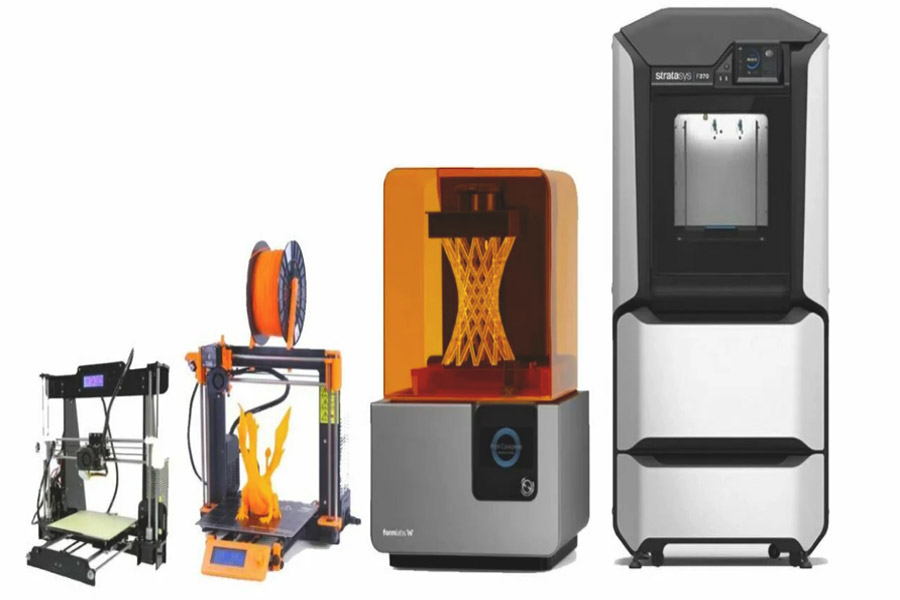
FAQ - Answers To All Your Questions About Costs
1. How do I estimate the cost of my 3D printing?
The most effective way to estimate the cost of your 3D printing is with an online quoting tool. Post your3D modelon our platform and the system will generate a clear and interactive quote within seconds based on your selected material type, printing process, and post-processing requirements. This ensures that cost estimation is done comprehensively for all aspects, avoiding estimation mistakes made manually and saving time. Our software automatically considers material consumption, machine consumption and labor factors, providing you with real-time feedback to allow you to make decisions based on facts without requiring expertise or computer skills, and ensuring effective cost control.
2. What is the difference between pricing by cubic inch and pricing by gram?
There is in effect no difference between gram pricing and cubic inch pricing because the two are solely based on material use and do not consider other more important cost drivers such as equipment operating time and labor input. These pricing methods are incomplete because most costs typically arise as a result of equipment depreciation, power usage and operator compensation, not the materials themselves. When choosing a service, you should first choose an all-inclusive pricing model that covers all the factors involved to ensure that the quote is clear and just, there are no hidden charges, and it is a better reflection of the true cost of production.
3. What does it cost to start a 3D printing business?
The startup cost of a3D printing companydepends on its size: a desktop printer-based home workshop might presumably begin with an investment of a few thousand dollars. But an industrial-grade rapid prototyping company might have an equipment cost of $50,000 and upwards of $500,000, not counting site leasing, software licensing, maintenance and staff. The remaining factors like market positioning, type of equipment and operational requirements will also influence the overall investment. In planning, you need to assess the target customers and capabilities required, have a meticulous budget, and see to it that all areas of potential expenses are addressed to be able to attain sustainable operations.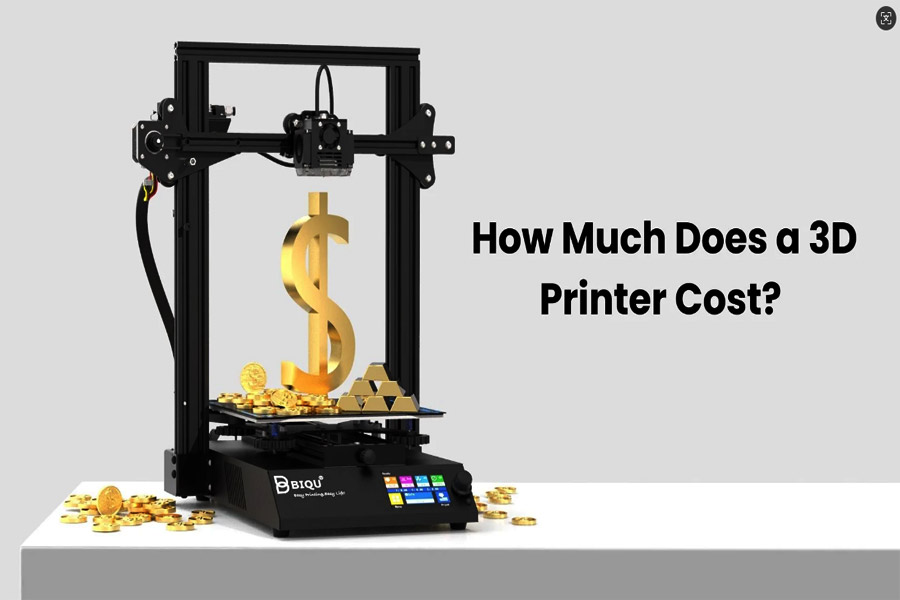
Summary
The cost pergram of 3D printing usually ranges from several yuan to tens of yuan, and the specific cost is significantly influenced by all sorts of factors such as the property of the used material, printing technology and batch size. Forc "how much per gram?
"When you're costing out 3D printing, the right question to ask is, "How much technology, time, and talent will it take to bring my design to life at the quality and speed I need?
That's what the numbers on your quote really represent.Want to know your next project's real cost? Guess not! Upload yourCAD filetoday and benefit from our speedy, clear onlinerapid prototyping service.Our smart quote system will instantly estimate a complete, competitive price for you, each penny counting!
📞Tel: +86 185 6675 9667
📧Email: info@longshengmfg.com
🌐Website:https://lsrpf.com/
Disclaimer
The contents of this page are for informational purposes only.LS seriesThere are no representations or warranties, express or implied, as to the accuracy, completeness or validity of the information. It should not be inferred that a third-party supplier or manufacturer will provide performance parameters, geometric tolerances, specific design characteristics, material quality and type or workmanship through the LS network. It's the buyer's responsibilityRequire parts quotationIdentify specific requirements for these sections.Please contact us for more information.
LS Team
LS is an industry-leading companyFocus on custom manufacturing solutions. We have over 20 years of experience with over 5,000 customers, and we focus on high precisionCNC machining,Sheet metal manufacturing,3D printing,Injection molding,Metal stamping,and other one-stop manufacturing services.
Our factory is equipped with over 100 state-of-the-art 5-axis machining centers, ISO 9001:2015 certified. We provide fast, efficient and high-quality manufacturing solutions to customers in more than 150 countries around the world. Whether it is small volume production or large-scale customization, we can meet your needs with the fastest delivery within 24 hours. chooseLS technologyThis means selection efficiency, quality and professionalism.
To learn more, visit our website:www.lsrpf.com








